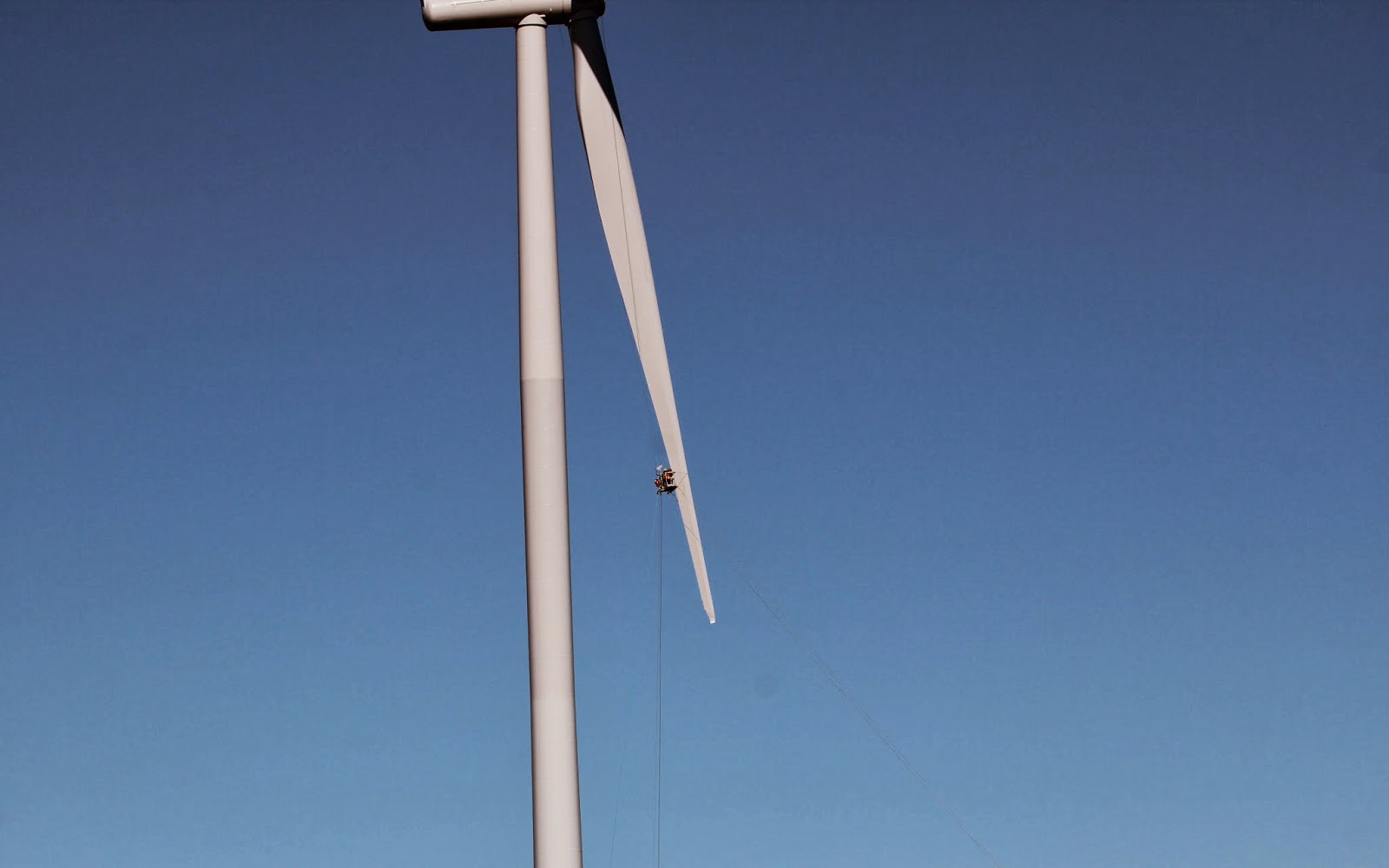The ice runner , a photo by ricmcarthur on Flickr. I was over at the far end of the park and spotted this coyote moving along the ice of the frozen channel leading out of Rondeau Bay. He seemed to be checking each of the small openings in the ice for injured waterfowl. He was about 200 yards from my position. Canis latrans The coyote Canis latrans is one of the seven representatives of the Canidae family found in Canada. Other members of the family are the wolf, red fox, arctic fox, grey fox, swift fox, and dog. Slimmer and smaller than the wolf, the male coyote weighs from 9 to 23 kg, has an overall length of 120 to 150 cm (including a 30- to 40-cm tail), and stands 58 to 66 cm high at the shoulder. The female is usually four-fifths as large.

